
Insights from the working group with Fabio Gramazio and Toni Kotnik
Science and Research in Architecture: How is it in our country and how is it elsewhere?
On Thursday, May 15, 2014, a lecture by Fabio Gramazio and Toni Kotnik took place as part of the Swiss series organized by the Kruh association. The topic was digital design and manufacturing using robots. Both speakers are involved in research and teaching at the world-renowned ETH Zurich. Toni Kotnik focuses on digital design based on static analyses, while Fabio Gramazio specializes in robotic manufacturing from various materials. This is specific research in which new architecture is created using algorithms. This method of design allows for controlling the design with predefined parameters set by the architect at their discretion. Therefore, the myth that digital design is not controlled by the architect but by a computer that “generates something” is certainly not true.
The day after the lecture, Kruh organized a working group at ČKA, attended by the speaking architects (ETH Zurich), Marcela Steinbach (AVU/Kruh/Group), Imro Vaško (VŠUP), Martin Gsandtner (VŠUP/Recode.Nature), Lukáš Kurilla (FA ČVUT), Shota Tsikoliya (VŠUP), Martin Pospíšil (FA ČVUT), and me (FUA TUL/FA ČVUT/Collaborative Collective). The main topic of discussion was primarily the position of research and teaching at individual schools. Czech educators mainly complained about underfunding, which was an incomprehensible fact for Swiss architects. The Czech state simply does not invest in research in architecture. It was an interesting finding that even in Switzerland the situation is not ideal. For example, Fabio Gramazio shares his position with his partner Matthias Kohler, thus doing a full-time job on a part-time basis. However, the situation differs in the position of PhD students. In Switzerland, they do not announce a place for a PhD student unless their funding is secured. Thus, the common practice we have where PhD students need to support themselves during their studies or where their research stagnates due to not receiving a grant does not occur there.
Apart from the Liberec School, the involvement of other professions in studio projects is not common practice either in the Czech Republic or Switzerland, which was generally criticized. Individual departments and faculties at schools, again with the exception of Liberec, do not regularly cooperate or communicate. Other parameters of architecture are thus divided into individual subjects instead of being incorporated into the main studio project, which impedes all research.
The discussion about the realization project being done at VŠUP and FA ČVUT instead of the studio was also interesting. Fabio Gramazio stated that they are appropriately proud of providing a different kind of education than construction schools. This is what makes ETH a specific and elite school. Instead, students adopt the latest trends in architecture.
Neither in the Czech Republic nor Switzerland is the situation ideal. Research is generally underfunded, and individual institutions do not communicate with each other. In Zurich and Liberec, however, they understood that the foundation of success is to teach architecture and not construction, but only in Liberec is there the option to consult one’s studio project with other professions, thus achieving the complexity of the architectural design.
The day after the lecture, Kruh organized a working group at ČKA, attended by the speaking architects (ETH Zurich), Marcela Steinbach (AVU/Kruh/Group), Imro Vaško (VŠUP), Martin Gsandtner (VŠUP/Recode.Nature), Lukáš Kurilla (FA ČVUT), Shota Tsikoliya (VŠUP), Martin Pospíšil (FA ČVUT), and me (FUA TUL/FA ČVUT/Collaborative Collective). The main topic of discussion was primarily the position of research and teaching at individual schools. Czech educators mainly complained about underfunding, which was an incomprehensible fact for Swiss architects. The Czech state simply does not invest in research in architecture. It was an interesting finding that even in Switzerland the situation is not ideal. For example, Fabio Gramazio shares his position with his partner Matthias Kohler, thus doing a full-time job on a part-time basis. However, the situation differs in the position of PhD students. In Switzerland, they do not announce a place for a PhD student unless their funding is secured. Thus, the common practice we have where PhD students need to support themselves during their studies or where their research stagnates due to not receiving a grant does not occur there.
Apart from the Liberec School, the involvement of other professions in studio projects is not common practice either in the Czech Republic or Switzerland, which was generally criticized. Individual departments and faculties at schools, again with the exception of Liberec, do not regularly cooperate or communicate. Other parameters of architecture are thus divided into individual subjects instead of being incorporated into the main studio project, which impedes all research.
The discussion about the realization project being done at VŠUP and FA ČVUT instead of the studio was also interesting. Fabio Gramazio stated that they are appropriately proud of providing a different kind of education than construction schools. This is what makes ETH a specific and elite school. Instead, students adopt the latest trends in architecture.
Neither in the Czech Republic nor Switzerland is the situation ideal. Research is generally underfunded, and individual institutions do not communicate with each other. In Zurich and Liberec, however, they understood that the foundation of success is to teach architecture and not construction, but only in Liberec is there the option to consult one’s studio project with other professions, thus achieving the complexity of the architectural design.
Marie Davidová, MArch., PhD student at FA ČVUT, head of studio at FUA TUL, member of Collaborative Collective
The English translation is powered by AI tool. Switch to Czech to view the original text source.
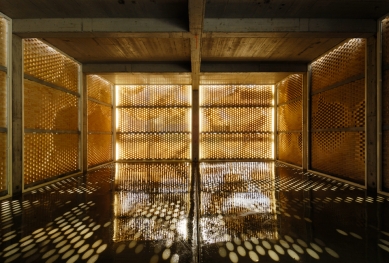
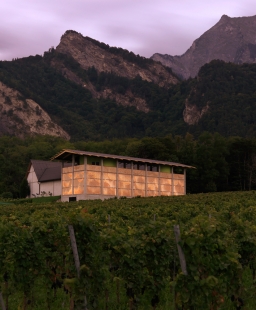
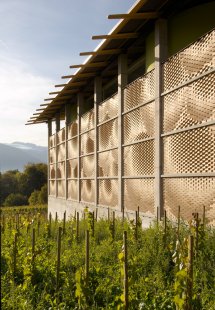
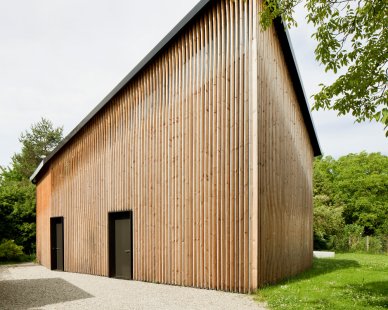
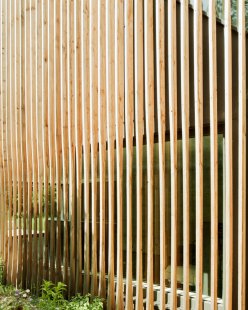

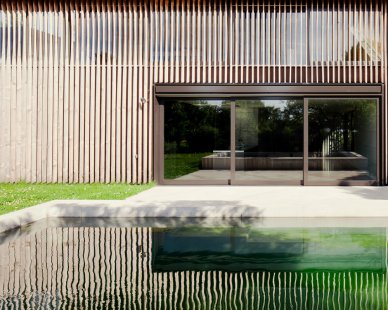
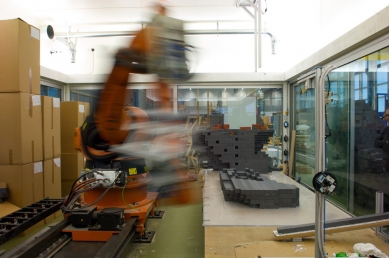

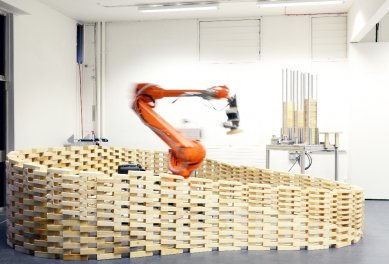
1 comment
add comment
Subject
Author
Date
Poznámka k pracovnímu setkání s pedagogy z ETH Zurich
Martin Pospíšil
09.08.14 06:02
show all comments












